Related Research Articles
Clive Staples Lewis was a British writer, literary scholar, and Anglican lay theologian. He held academic positions in English literature at both Magdalen College, Oxford (1925–1954), and Magdalene College, Cambridge (1954–1963). He is best known as the author of The Chronicles of Narnia, but he is also noted for his other works of fiction, such as The Screwtape Letters and The Space Trilogy, and for his non-fiction Christian apologetics, including Mere Christianity, Miracles, and The Problem of Pain.
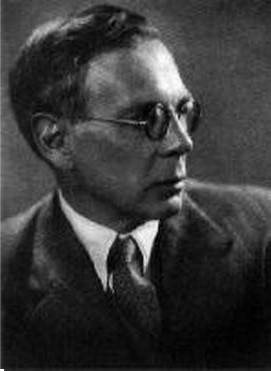
Charles Walter Stansby Williams was an English poet, novelist, playwright, theologian and literary critic. Most of his life was spent in London, where he was born, but in 1939 he moved to Oxford with the university press for which he worked and was buried there following his early death.
"On Fairy-Stories" is an essay by J. R. R. Tolkien which discusses the fairy story as a literary form. It was written as a lecture entitled "Fairy Stories" for the Andrew Lang lecture at the University of St Andrews, Scotland, on 8 March 1939.
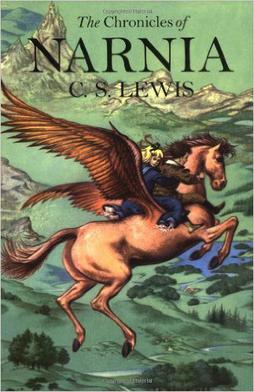
The Chronicles of Narnia is a series of seven portal fantasy novels by British author C. S. Lewis. Illustrated by Pauline Baynes and originally published between 1950 and 1956, The Chronicles of Narnia has been adapted for radio, television, the stage, film, and video games. The series is set in the fictional realm of Narnia, a fantasy world of magic, mythical beasts and talking animals. It narrates the adventures of various children who play central roles in the unfolding history of the Narnian world. Except in The Horse and His Boy, the protagonists are all children from the real world who are magically transported to Narnia, where they are sometimes called upon by the lion Aslan to protect Narnia from evil. The books span the entire history of Narnia, from its creation in The Magician's Nephew to its eventual destruction in The Last Battle.
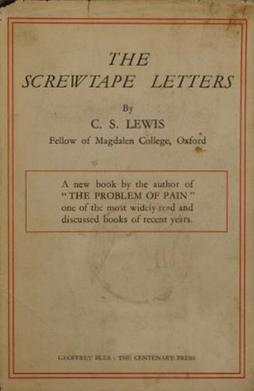
The Screwtape Letters is a Christian apologetic novel by C. S. Lewis and dedicated to J. R. R. Tolkien. It is written in a satirical, epistolary style and, while it is fictional in format, the plot and characters are used to address Christian theological issues, primarily those to do with temptation and resistance to it.
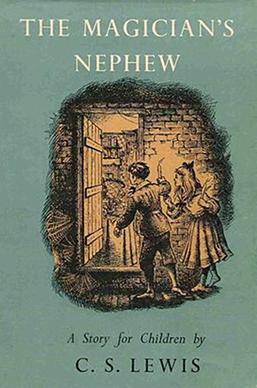
The Magician's Nephew is a portal fantasy children's novel by C. S. Lewis, published in 1955 by The Bodley Head. It is the sixth published of seven novels in The Chronicles of Narnia (1950–1956). In recent editions, which sequence the books according to Narnia history, it is volume one of the series. Like the others, it was illustrated by Pauline Baynes whose work has been retained in many later editions. The Bodley Head was a new publisher for The Chronicles, a change from Geoffrey Bles who had published the previous five novels.
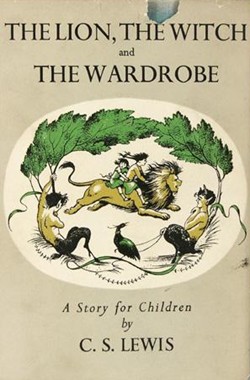
The Lion, the Witch and the Wardrobe is a portal fantasy novel for children by C. S. Lewis, published by Geoffrey Bles in 1950. It is the first published and best known of seven novels in The Chronicles of Narnia (1950–1956). Among all the author's books, it is also the most widely held in libraries. It was the first of The Chronicles of Narnia to be written and published, but is marked as volume two in recent editions that are sequenced according the stories' internal chronology. Like the other Chronicles, it was illustrated by Pauline Baynes, and her work has been retained in many later editions.
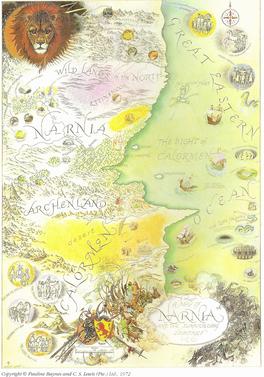
Narnia is a fantasy world created by C. S. Lewis as the primary location for his series of seven fantasy novels for children, The Chronicles of Narnia. The world is named after the country of Narnia, where much of the Chronicles takes place.

The Horse and His Boy is a fantasy novel for children by C. S. Lewis, published by Geoffrey Bles in 1954. Of the seven novels that comprise The Chronicles of Narnia (1950–1956), The Horse and His Boy was the fifth to be published. The novel is set in the period covered by the last chapter of The Lion, the Witch, and the Wardrobe during the reign of the four Pevensie children as Kings and Queens of Narnia. Though three of the Pevensies appear as minor characters in The Horse and His Boy, the main characters are two children and two talking horses who escape from Calormen and travel north into Narnia. On their journey, they learn of the Prince of Calormen's plan to attack Archenland, and warn the King of Archenland of the impending strike.

Arthur Owen Barfield was an English philosopher, author, poet, critic, and member of the Inklings.

The Mythopoeic Awards for literature and literary studies are given annually for outstanding works in the fields of myth, fantasy, and the scholarly study of these areas. Established by the Mythopoeic Society in 1971, the Mythopoeic Fantasy Award is given for "fiction in the spirit of the Inklings", and the Scholarship Award for non-fiction work. The award is a statuette of a seated lion, with a plaque on the base. It has drawn resemblance to, and is often called, the "Aslan".

Peter Pevensie is a fictional character in C. S. Lewis's The Chronicles of Narnia book series. Peter appears in three of the seven books; as a child and a principal character in The Lion, the Witch and the Wardrobe and Prince Caspian, and as an adult in The Last Battle. He is only mentioned in The Horse and His Boy in which he is away on the northern frontier fighting giants and in The Voyage of the Dawn Treader in which he is studying under the tutelage of Professor Kirke.
Hwin is a fictional character from C. S. Lewis's fantasy series The Chronicles of Narnia. She is prominent in the 1954 book The Horse and His Boy.
Aravis is a fictional character in the 1954 novel The Horse and His Boy by C. S. Lewis.
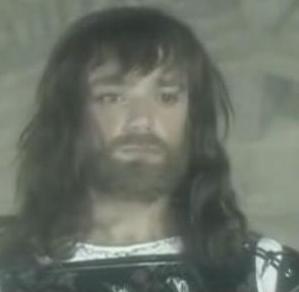
In C. S. Lewis' Chronicles of Narnia fictional series, Rilian (2325-?) is the son of King Caspian and the grandson of Ramandu the star. Rilian appears in two of the seven books, The Silver Chair and briefly in The Last Battle.
Shasta, later known as Cor of Archenland, is a fictional character in C. S. Lewis' Chronicles of Narnia. He is the principal character in the fifth book published in the series, The Horse and His Boy. The book's events, however, are chronologically third in the series. He also appears briefly at the end of The Last Battle, the seventh and final book in the series.
Bree is a fictional character in C. S. Lewis's The Chronicles of Narnia. He is one of the title characters and is featured prominently in The Horse and His Boy. This was the book published fifth, but the book's events are chronologically third.
Walter McGehee Hooper was an American writer and literary advisor of the estate of C.S. Lewis. He was a literary trustee for Owen Barfield from December 1997 to October 2006.
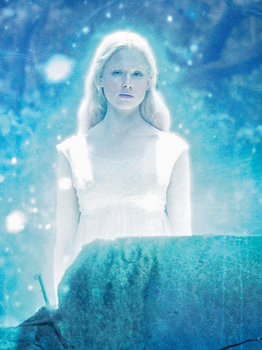
Ramandu's daughter, also known as Lilliandil in the 2010 film version of The Voyage of the Dawn Treader, is a fictional character from The Chronicles of Narnia by C. S. Lewis. Introduced in the 1952 book The Voyage of the Dawn Treader, she aids Caspian X and the crew of Dawn Treader to break an enchantment on three of the Seven Great Lords of Narnia. Eventually she becomes Queen of Narnia, after marrying Caspian X, and bears his son, Rilian. In the 1953 novel The Silver Chair, the Lady of the Green Kirtle, in the form of a snake, kills her though she later reappears in the 1956 book The Last Battle. The character appears in multiple adaptations of the book series; the television serial The Chronicles of Narnia, where she is portrayed by Gabrielle Anwar, and The Chronicles of Narnia film series, where Laura Brent plays the role.
David Geoffrey Bles (1886–1957) was a British publisher, with a reputation for spotting new talent. He started his eponymous publishing firm in London in 1923 and published the first five books of C.S. Lewis' Narnia series.
References
- ↑ "The Inner Ring". LewisSociety.org. Archived from the original on 21 March 2018. Retrieved 8 January 2018.
- ↑ "Beebe discovers unpublished C.S. Lewis manuscript". TXState.edu. 8 July 2009. Archived from the original on 2 June 2010. Retrieved 23 July 2021.